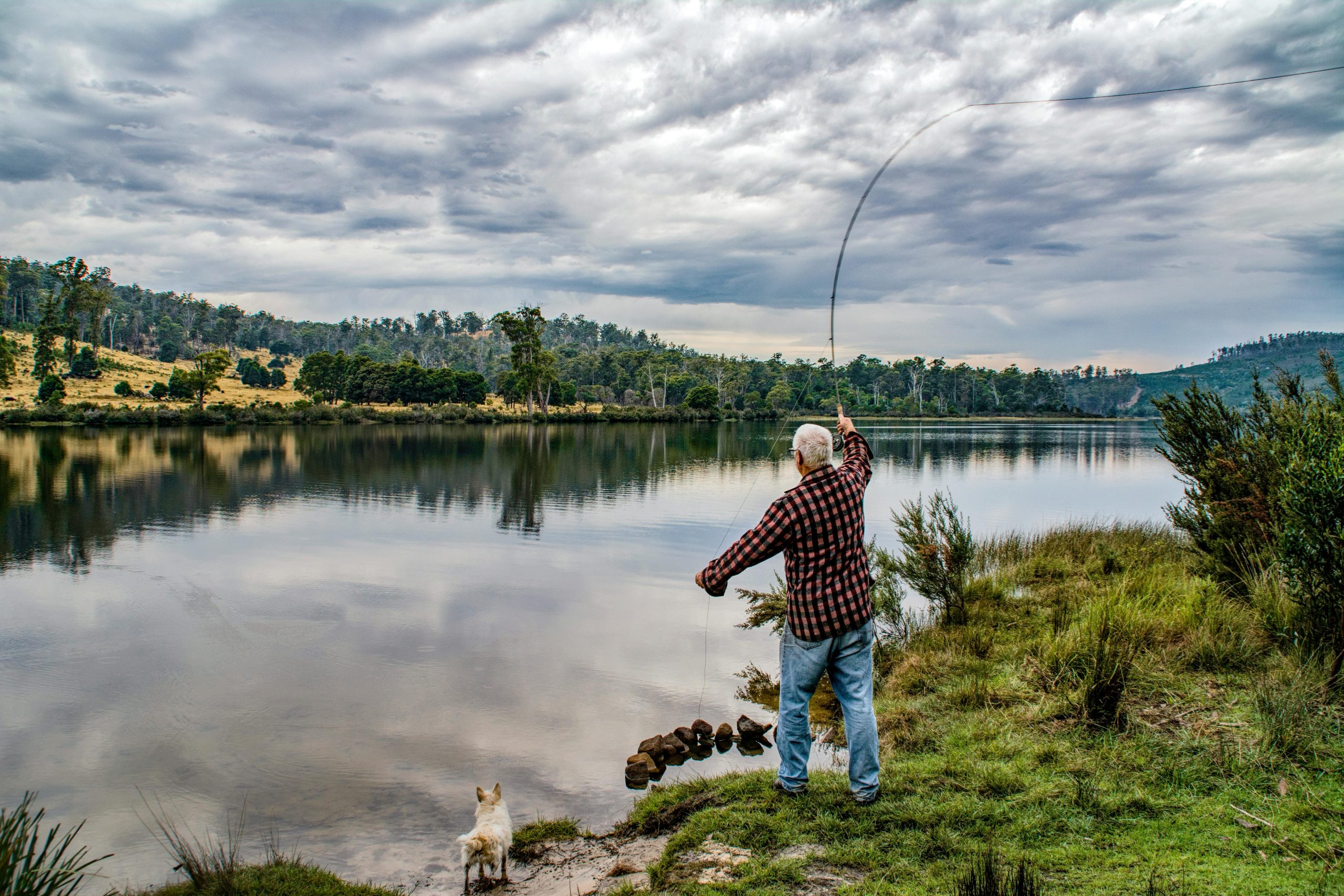In a landmark move aimed at streamlining outdoor recreational activities, Oklahoma has enacted significant reforms to its fishing and hunting license structures. The Oklahoma Wildlife License Modernization Act, signed into law by Governor Kevin Stitt on March 26, 2024, introduced a simplified licensing system and updated fee structures, marking the first major overhaul in over two decades.
Simplification of Licensing System
Prior to this reform, Oklahoma’s hunters and anglers navigated a complex web of over 50 different licenses. This complexity often led to confusion and deterred participation in outdoor activities. The new legislation consolidates these numerous licenses into just 15 categories, making it more straightforward for enthusiasts to obtain the necessary permits.
Micah Holmes, a representative of the Oklahoma Department of Wildlife Conservation, highlighted the benefits of this consolidation, stating that the previous system had become cumbersome over the years. He emphasized that the streamlined approach is a significant improvement for everyone who hunts and fishes in the state.
Redefining Youth Participation
A notable change in the legislation is the redefinition of “youth” for licensing purposes. Previously, youth exemptions applied to individuals under 16. The new law extends this definition to include all individuals under 18, regardless of residency status. This change aims to encourage greater youth participation in hunting and fishing by reducing financial and administrative barriers.
Updated Fee Structures
Alongside simplifying the licensing process, the act adjusts various license fees to align more closely with regional averages and support conservation funding. Key changes include:
- Resident Licenses:
- Annual Fishing License: Increased from $24 to $30.
- Annual Hunting License: Increased from $24 to $35.
- Combination 365-Day License: Slight decrease from $53 to $52.
- Lifetime Licenses:
- Lifetime Combination Hunting-Fishing License: Increased from $775 to $1,024.
- Non-Resident Licenses:
- Annual Hunting License: Increased from $142 to $208.
- 5-Day Hunting License: Increased from $75 to $100.
These adjustments are designed to provide a stable funding source for the Oklahoma Department of Wildlife Conservation (ODWC), which relies heavily on license sales for its operations. Unlike many state agencies, the ODWC receives no general state budget tax-related funds, making license fees a critical component of its budget.
Public Response and Financial Implications
The response from the hunting and fishing community has been largely supportive, with many recognizing the necessity of the changes to ensure sustainable wildlife management. Despite the increase in fees, hunters and anglers lobbied for the bill, understanding that the adjustments would bolster conservation efforts across the state.
Financial projections suggest that the updated fee structure could generate an additional $10 million for the ODWC. This boost is significant, considering the department’s annual revenue was approximately $60 million in 2023, with just over $20 million derived from license sales, excluding lifetime licenses.
Implementation and Future Outlook
The new licensing system and fees officially took effect on July 1, 2024. Since then, the ODWC has reported a notable increase in license sales, particularly for lifetime combination hunting and fishing licenses, which saw a 213% surge through May 2024 compared to the same period the previous year. This uptick indicates a positive reception from the public and a willingness to invest in Oklahoma’s wildlife conservation efforts.
Looking ahead, the ODWC plans to continue monitoring the impact of these changes on participation rates and conservation funding. The department remains committed to engaging with the public to ensure that hunting and fishing regulations serve both the interests of enthusiasts and the sustainability of wildlife populations.
Conclusion
Oklahoma’s proactive approach to modernizing its fishing and hunting license system reflects a broader trend of states adapting to contemporary conservation challenges. By simplifying the licensing process, redefining youth participation, and adjusting fees to reflect current economic realities, the state aims to foster a more inclusive and sustainable environment for outdoor recreational activities. These changes not only benefit individual hunters and anglers but also ensure that the ODWC has the necessary resources to manage and protect Oklahoma’s rich wildlife heritage for future generations.
(Source : wildlifedepartment.com )


